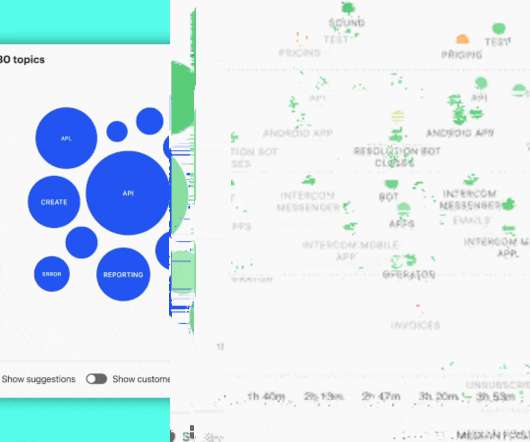How to use in-app messaging to retain your best customers
Intercom, Inc.
JUNE 22, 2020
In-app messaging is a key component of a strong customer engagement strategy – one that reaches users at the right place, at the right time, and is consistent across platforms. Here, we take a deep dive on in-app messaging – defining exactly what it is and how to make it work best for your customers. What is in-app messaging?















Let's personalize your content